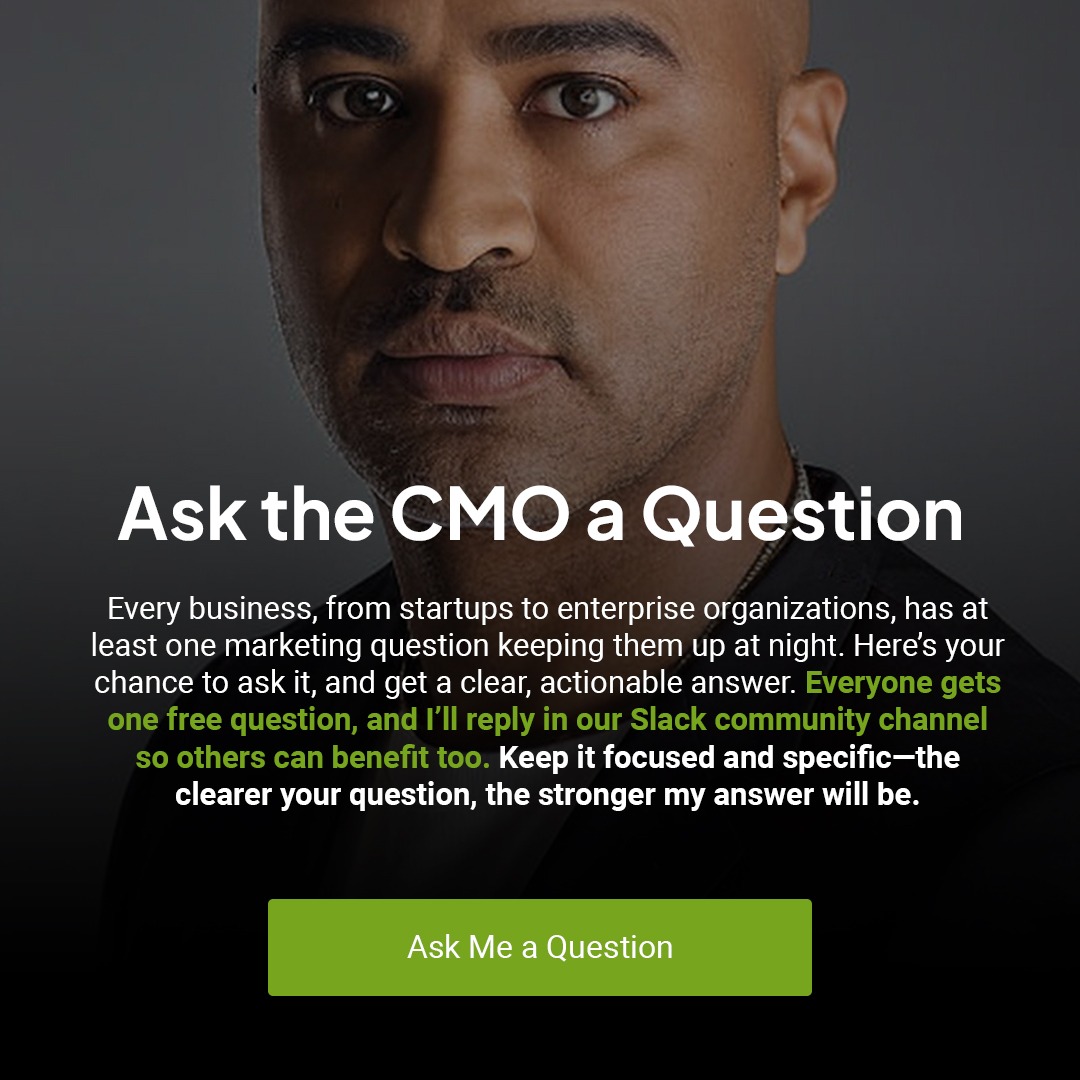Every entrepreneur knows the adrenaline rush of a new idea. The promise of opportunity is exciting, it feels innovative, creative, and groundbreaking. But the dark side of chasing every new idea is a phenomenon known as Shiny Object Syndrome. It’s seductive and deadly, pulling your focus away from what matters and scattering your resources in too many directions. Left unchecked, it doesn’t just slow growth—it can derail your business entirely.
This article isn’t about stifling innovation. It’s about mastering discipline and strategic focus so that the ideas you choose to pursue create real, sustainable growth.
What Exactly Is Shiny Object Syndrome?
Shiny Object Syndrome (SOS) describes the entrepreneurial tendency to jump from one idea or opportunity to another without fully executing or assessing the viability of each one. It’s fueled by:
- Fear of missing out (FOMO): Entrepreneurs often worry about missing a groundbreaking opportunity if they do not pursue every idea immediately, which can cloud judgment and lead to hasty decisions.
- Restlessness or boredom with ongoing projects: Long-term projects can lose their initial appeal over time, causing business leaders to look for new ventures rather than persevere and achieve meaningful results.
- Constant exposure to new ideas and trends: Constant access to new information and trends via social media and networking events makes it easy to become distracted by new opportunities that seem promising but lack alignment with strategic goals.
If you regularly find yourself abandoning half-finished projects to chase new ones, you’re experiencing SOS. This behavior undermines productivity, creates confusion within teams, and erodes momentum—the essential fuel for business growth.
Why Shiny Object Syndrome Is a Serious Threat to Your Business
The temptation of new ideas isn’t harmless. It comes with significant costs:
1. Fragmented Focus
When your attention is divided, progress slows dramatically. You can’t fully execute or optimize when you’re spread thin. Projects remain incomplete, and strategic objectives suffer.
2. Resource Drain
Every new initiative requires resources—time, money, and energy. Without sustained focus, resources get repeatedly diverted, preventing deep investment in any single, meaningful project.
3. Team Fatigue and Confusion
Constantly pivoting from one goal to another exhausts and demoralizes your team. Over time, employees become disengaged and skeptical of leadership.
4. Lost Opportunity for Mastery
Real growth occurs through mastery—refining and perfecting your existing offerings, strategies, and systems. Shiny Object Syndrome prevents that mastery by continually shifting focus away from improvement.
How to Identify Shiny Object Syndrome in Your Business
Recognizing SOS early is crucial. Look for these symptoms:
- Constantly shifting priorities and strategies: When businesses frequently change direction, it creates confusion internally and externally, undermining confidence in leadership and reducing overall effectiveness.
- Habitual abandonment of half-completed projects: Leaving initiatives incomplete not only wastes resources but also prevents the organization from achieving its intended outcomes and building momentum.
- Excessive chasing of trendy market opportunities: Rapidly pursuing every new market trend can dilute brand identity and strategic focus, resulting in weakened competitive positioning.
- Frequent, unstructured brainstorming sessions without follow-through: Constant idea generation without concrete action steps leads to wasted time and resources, creating frustration and disengagement among team members.
If these symptoms sound familiar, your organization needs immediate strategic recalibration.
Proven Strategies to Stop Shiny Object Syndrome
1. Set Clear, Strategic Goals
Without clarity, every new opportunity looks promising. Clearly defined goals keep your focus tight and your decisions strategic. Every new idea should align directly with your core objectives, or it should be shelved.
2. Use Rigorous Evaluation Criteria
Establish a simple decision-making framework. Questions might include:
- How does this idea align with our core objectives? Evaluate whether the new idea directly supports your long-term strategic vision or if it is merely a distraction from your core business goals.
- What resources are required? Consider the time, financial investment, and human resources necessary to pursue this idea fully, ensuring these resources would not be better utilized elsewhere.
- What’s the realistic impact versus cost? Assess whether the potential benefits significantly outweigh the costs and risks, and confirm whether the opportunity genuinely offers substantial value.
- Will this distract from ongoing initiatives? Determine if pursuing this idea will hinder the progress or effectiveness of your existing projects, potentially derailing your momentum and overall strategy.
3. Impose a “Cooling Off” Period
When a new idea surfaces, put it through a mandatory waiting period—perhaps 48 hours or even a week. Often, enthusiasm fades as reality sets in, helping you filter out impractical distractions.
4. Prioritize Execution and Completion
Establish a company culture that values finishing initiatives as much as starting them. Celebrate completed projects and hold teams accountable to measurable results and follow-through.
5. Foster Accountability Systems
Implement regular check-ins and structured reporting to ensure projects remain focused and goals are being met. Accountability minimizes drifting and helps maintain strategic discipline.
6. Allocate Dedicated “Innovation Time”
Set specific times for exploring new ideas. This controlled approach allows creativity without jeopardizing operational stability. Google’s famous “20% time” is a notable example.
Cultivating a Focused Mindset
Ultimately, defeating SOS requires a disciplined, strategic mindset:
- Stay ruthlessly committed to strategic objectives.
- Prioritize deep work and sustained concentration over superficial busyness.
- Value completion and measurable results over ideas and endless brainstorming.
Adopting this mindset shifts your culture from reactive to proactive, from scattered to structured.
Real-World Examples of Companies That Overcame SOS
- Apple under Steve Jobs simplified product lines dramatically, focusing on core offerings rather than chasing trends. This focus transformed the company’s trajectory.
- Netflix resisted countless new opportunities to remain intensely focused on streaming excellence, refining their core product and content strategy to dominate their industry.
These examples illustrate the powerful growth potential when businesses maintain disciplined focus.
Conclusion: Master Discipline, Secure Momentum
Overcoming Shiny Object Syndrome is about disciplined focus, strategic clarity, and intentional resource allocation. Leaders who resist the distraction of endless opportunities position their companies for sustained, exponential growth. Momentum isn’t created by chasing the latest trend. It’s built by staying relentlessly focused on strategic priorities and executing with discipline. The next time a shiny object appears, ask yourself if chasing it supports your core goals or if it risks derailing your momentum. The right answer isn’t always exciting—but it’s the foundation of lasting business success
Keep Reading
Want more? Here are some other blog posts you might be interested in.
Confusing a launch plan with a GTM strategy is one of the fastest ways to stall growth. A launch plan gets ...
On Monday, October 20, 2025, Amazon Web Services experienced a major incident centered in its US-EAST-1 region. The problem began in ...
There is a certain kind of account that arrives wrapped in urgency and praise. They hire you because you are the ...
For founders and growing companies
Get all the tips, stories and resources you didn’t know you needed – straight to your email!




